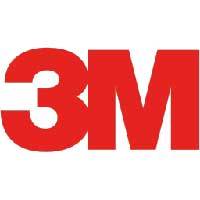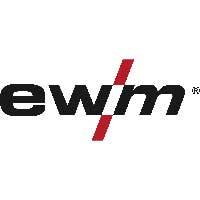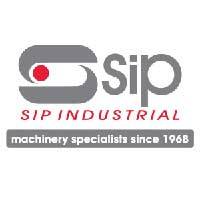Welding machine calibration is an important part of maintaining the quality and reliability of your work. Whether you’re a seasoned professional or new to welding, ensuring your equipment is properly calibrated helps produce consistent, safe, and reliable results. This guide will explain why calibration matters, its main benefits, how to do it, and how often it should be done.
Why Calibration Matters
Calibration is about making sure your welding machine is working as it should. Over time, wear and tear can cause machines to drift from their original settings. If this happens, it could lead to uneven welds, weak joints, or even safety issues. Proper calibration brings your machine back in line with the recommended settings, giving you confidence in your work and the final product.
The Benefits Of Calibrating A Welding Machine
Consistent Quality
A well-calibrated welding machine helps you achieve the same results every time. This is especially important in industries like construction or automotive, where both strength and appearance matter. Calibration ensures that the welding output matches what is needed for the job, reducing the chance of errors.
Meeting Standards
Many industries have strict standards for welding work, and calibration helps make sure you’re sticking to them. Whether it’s for safety or meeting customer expectations, keeping your equipment in good order ensures you’re following the rules. This is especially important in areas like aerospace or large-scale construction, where precision is key.
Better Efficiency
When your welding machine is calibrated, it’s easier to control factors like heat input and weld penetration. This saves time, reduces material waste, and helps you avoid having to redo work. Over time, this means greater productivity and lower costs.

How To Calibrate A Welding Machine
Preparation
Before starting, make sure your workspace is clean, dry, and well-lit. Check the welding machine for any damage or wear, and gather the tools you’ll need, such as measuring equipment and test materials.
The Steps
- Power Up: Plug the welding machine into the power source and switch it on.
- Reset To Defaults: Restore the machine to its original factory settings.
- Set Parameters: Input the welding settings based on the material and job at hand.
- Test Weld: Use a piece of scrap material similar to your final workpiece to test the machine.
- Check The Results: Look at the test weld to see if it meets your requirements for strength and appearance.
- Adjust & Retest: If the weld isn’t right, tweak the settings and run another test.
- Measure Output: Use tools to confirm the welding output matches the expected levels.
- Record Changes: Write down any adjustments you make so you can refer to them later.
- Secure The Settings: Lock in the final settings to prevent accidental changes during use.
Calibration Tools
Having the right tools makes calibration easier. These can include amp and volt meters, wire feed speed testers, and materials for test welding. Always use tools in good condition for accurate results.

How Often Should You Calibrate?
The answer depends on how you use your welding machine.
- Standard Use: For most jobs, calibrating once a year is usually enough.
- Frequent Use: If you use your machine heavily or for high-demand tasks, you might need to do this twice a year or even quarterly.
- Special Requirements: Factors like the type of material, industry rules, or feedback from weld quality checks can also affect how often calibration is needed.
For Supply & Advice On Welding Machines, Contact ProWeld Today
Keeping your welding machine in good working order doesn’t have to be complicated. By following a regular calibration routine, you’ll get better results and avoid unnecessary issues. If you’d like advice or help with your welding equipment, get in touch with ProWeld today. Our team is here to help with expert tips and quality supplies to keep your projects running smoothly.















